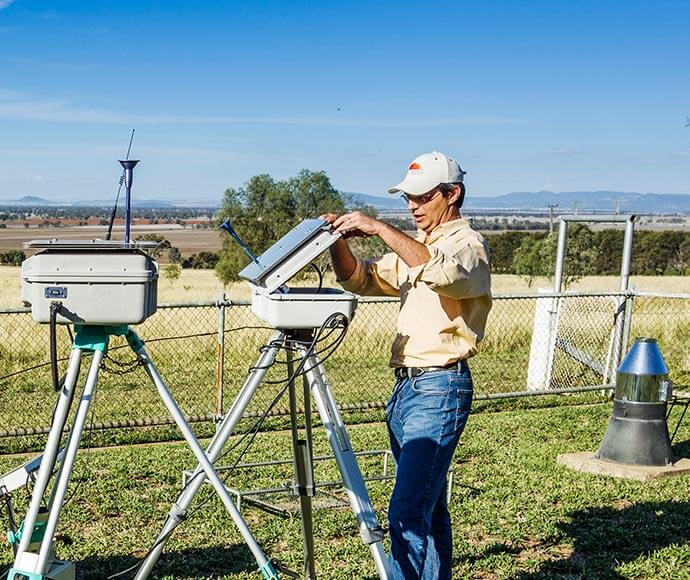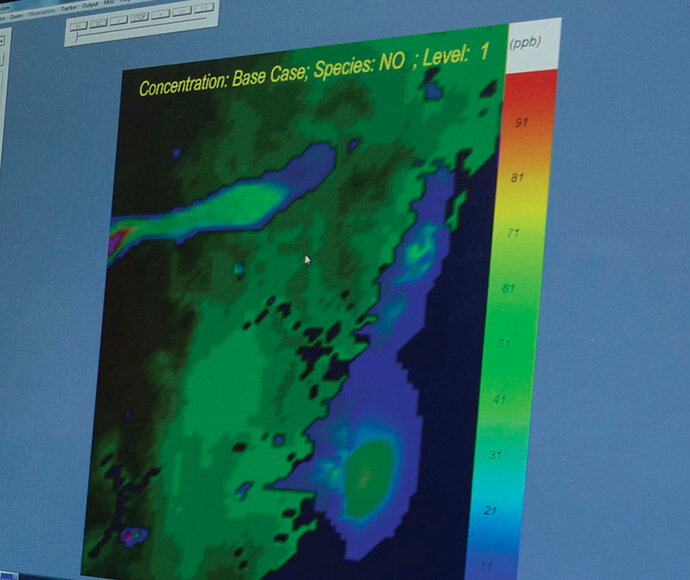We report on air quality in near real-time using up-to-date, accurate concentration data on hourly and daily basis. For most parts of the network, air quality is also presented as air quality categories derived from concentration data. On a daily basis every afternoon, we issue a next-day air quality forecast for Sydney. We share this information in various ways:
- in tables, maps and text
- by pollutant, location (site, region) and time
- on our website, via email/SMS subscription, and in reports.






